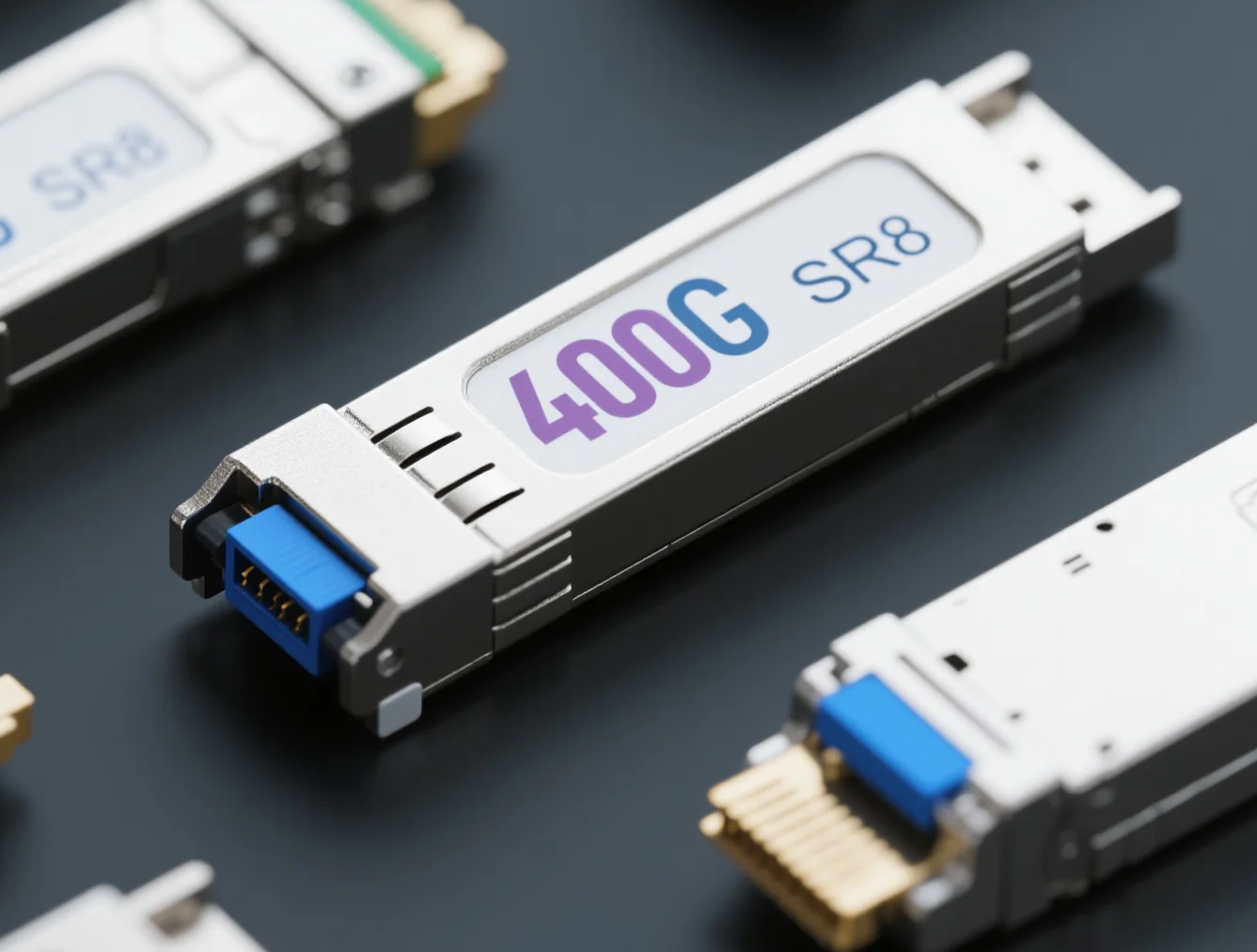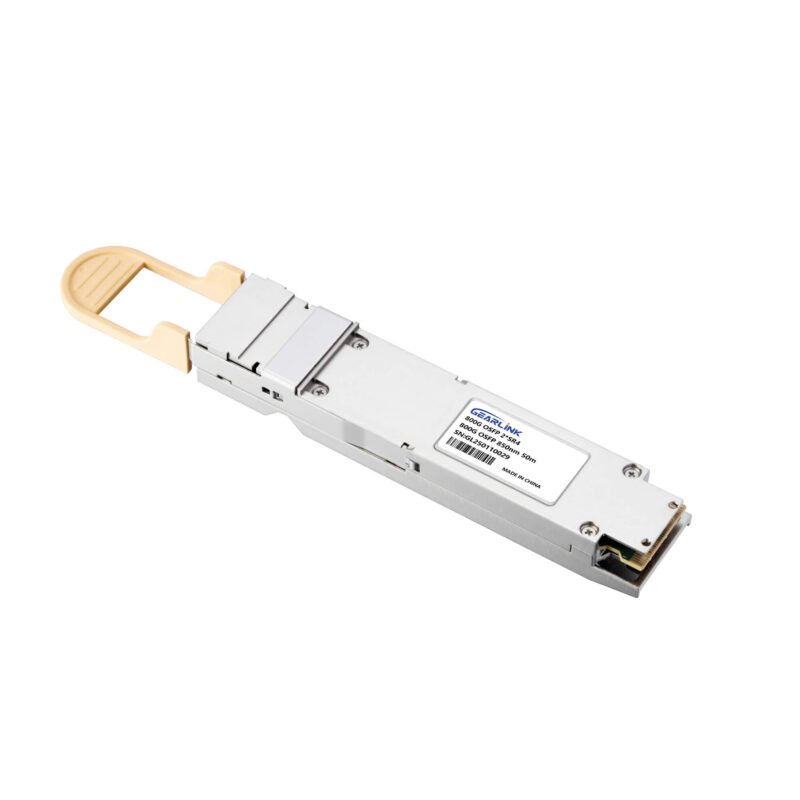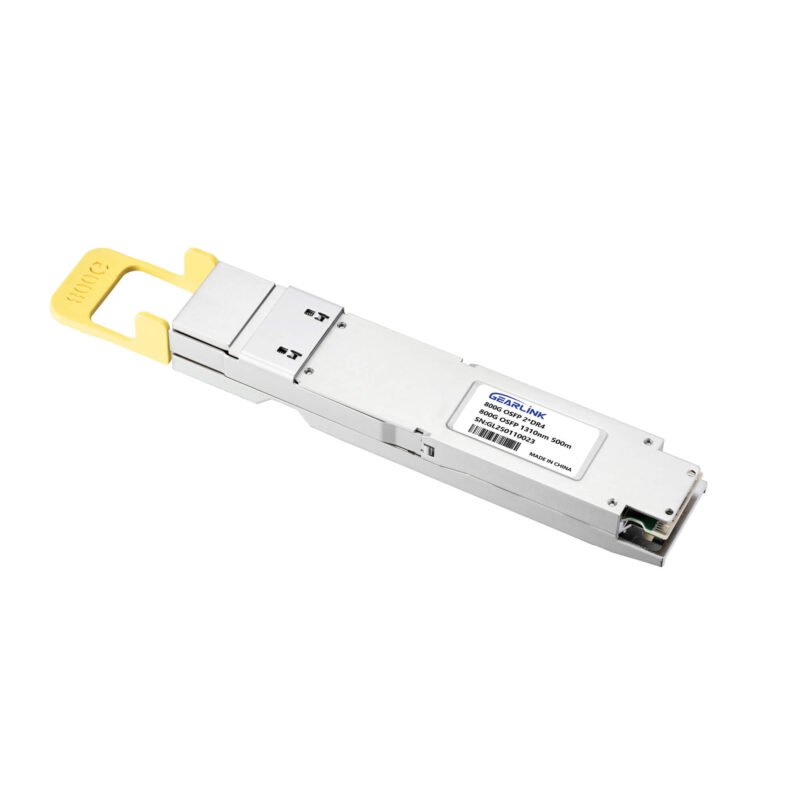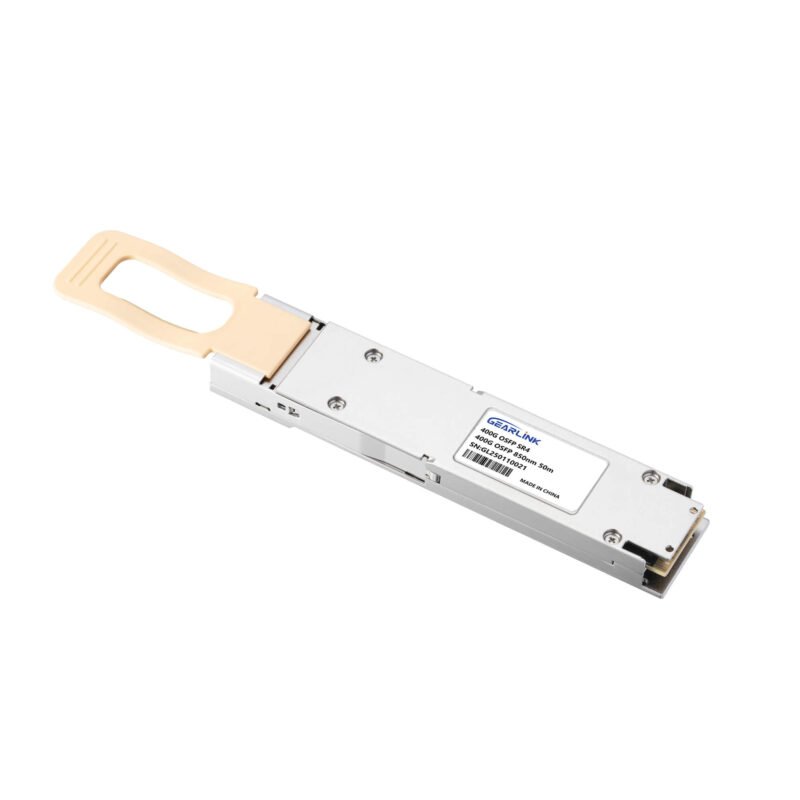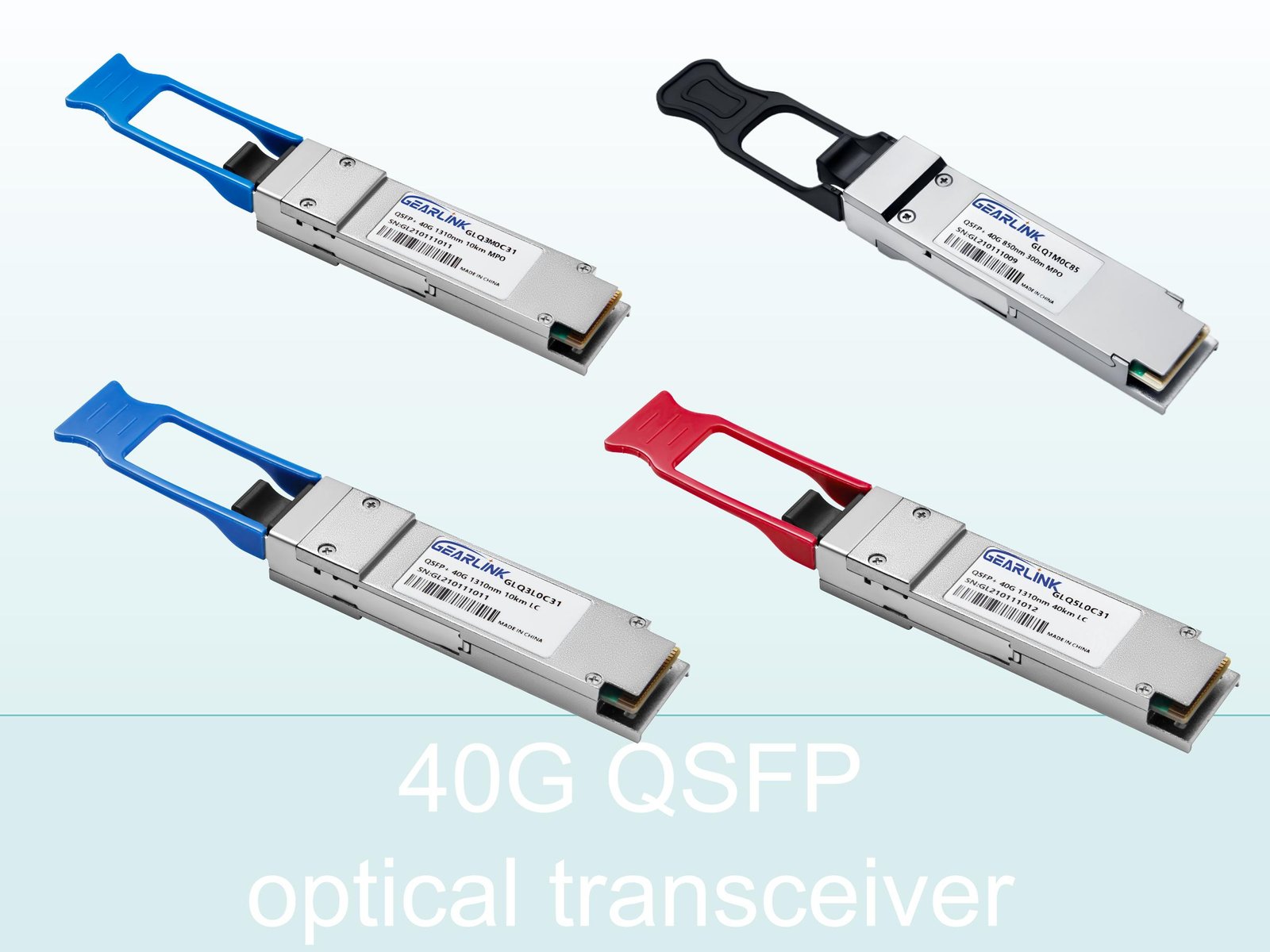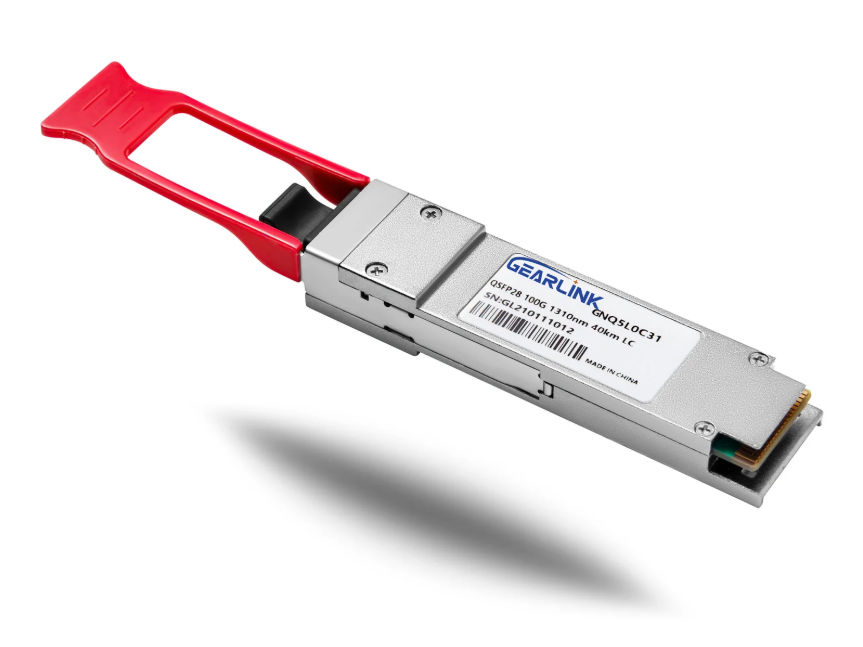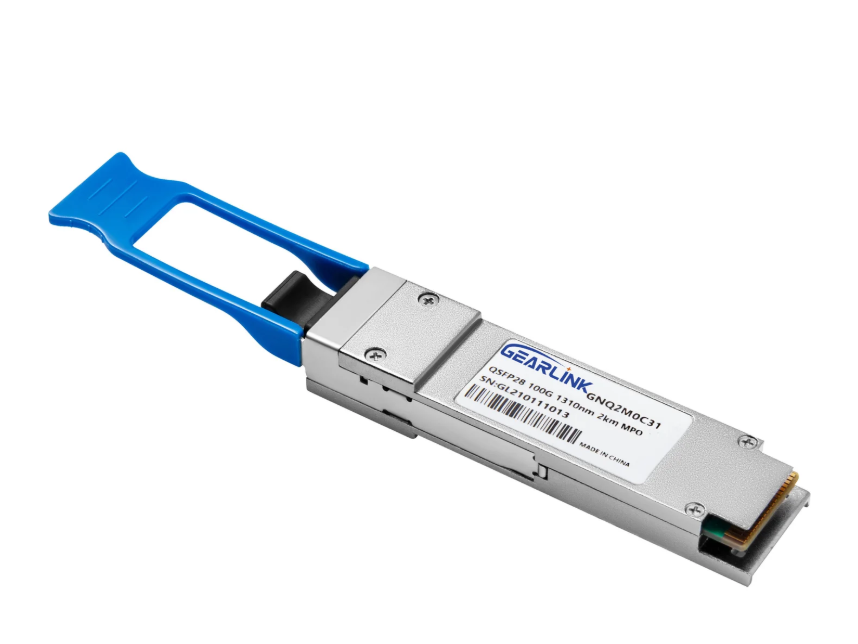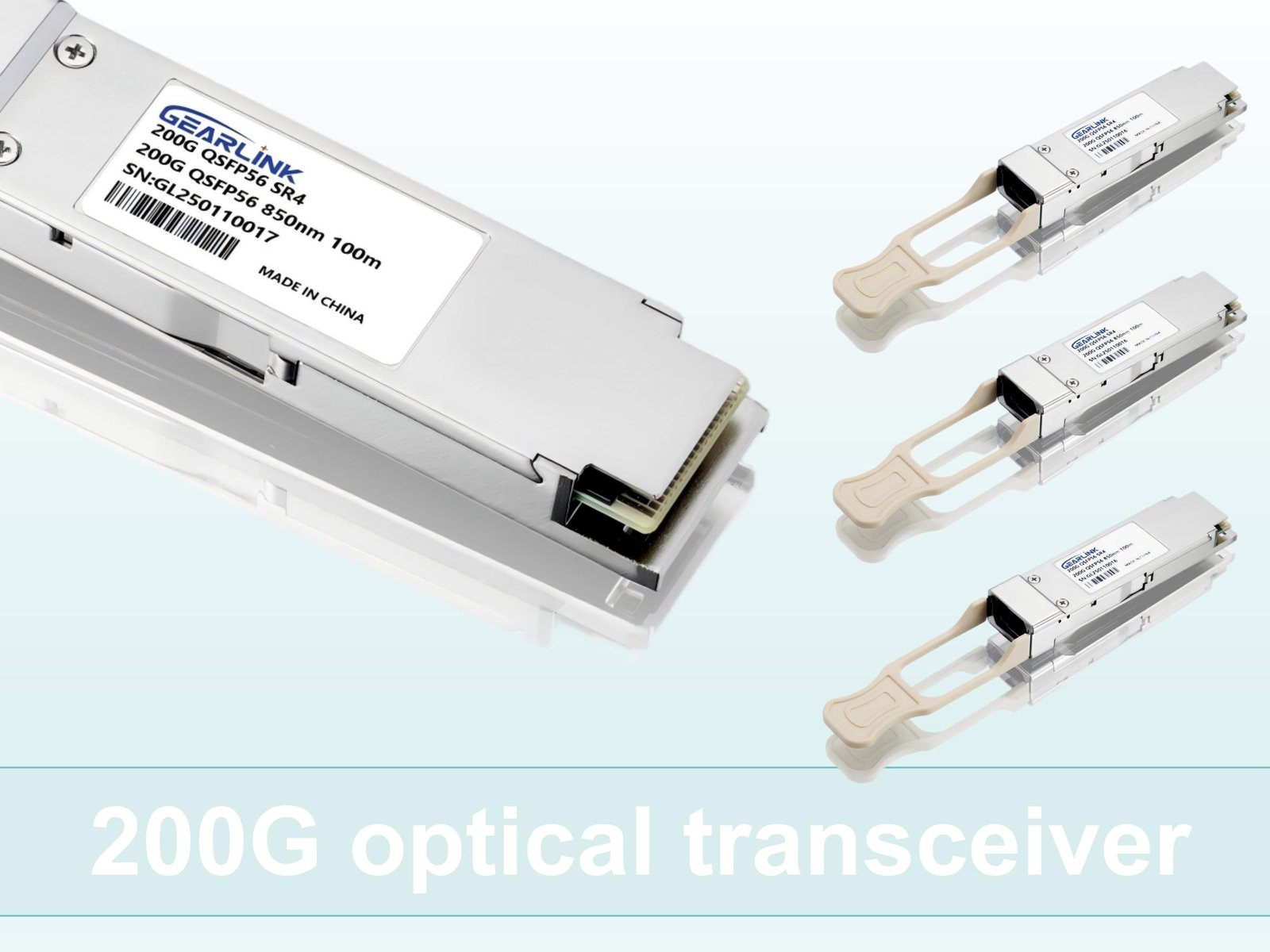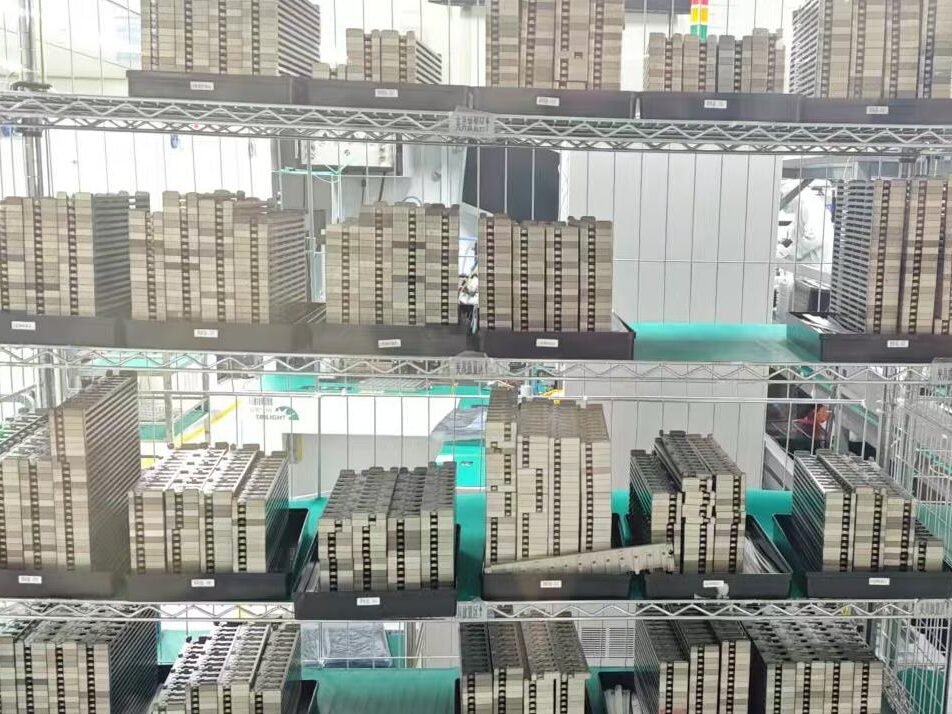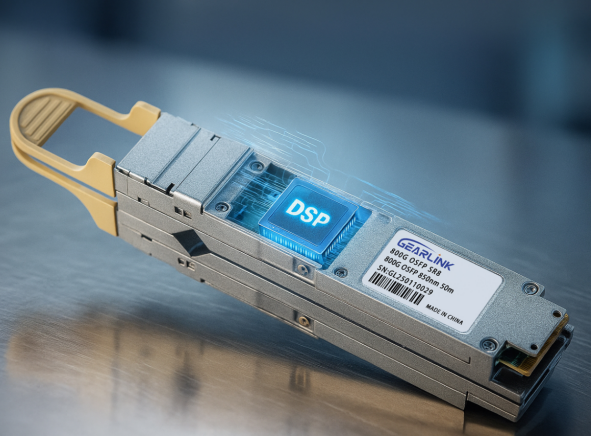The rapid evolution of data centers and high-performance computing has created an insatiable demand for faster, more efficient network infrastructure. At the heart of this transformation are high-speed optical transceivers, with the 800G SR8 transceiver emerging as a critical component. This advanced module offers significant performance gains and operational efficiencies that set it apart from its predecessors. By understanding the core technologies and distinct benefits of the 800G SR8 transceiver, network professionals can make informed decisions to scale their infrastructure for future demands.
Compared to traditional modules, the 800G SR8 transceiver represents a monumental leap in optical networking. Older modules, such as 100G SR4, were built on different technological foundations, utilizing fewer channels and less advanced modulation techniques. The 800G SR8, by contrast, leverages cutting-edge technology to deliver unparalleled performance in a compact form factor. This article will delve into the specific advantages of the 800G SR8, focusing on its technical capabilities and real-world applications within modern data center environments.
The Technological Leap: From 100G to 800G
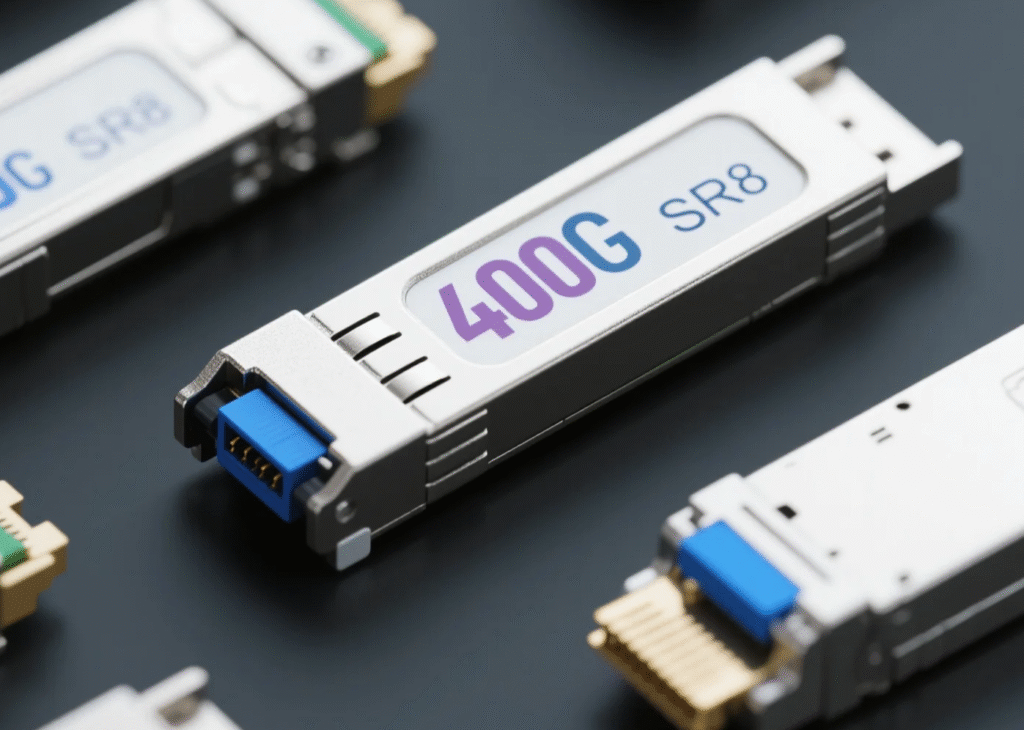
The journey from older, traditional optical modules to the current 800G era has been driven by a need for greater bandwidth density and power efficiency. Modules like the 100G SR4 utilized four lanes of 25G NRZ (Non-Return-to-Zero) signaling to achieve an aggregate data rate of 100Gbps. While this was revolutionary at the time, the data demands of today’s cloud computing and AI applications require a more sophisticated approach.
The 800G SR8 transceiver achieves its remarkable speed by employing eight parallel lanes, each operating at 100Gbps using PAM4 (Pulse Amplitude Modulation 4-level) modulation. This is a fundamental difference. PAM4 modulation encodes two bits per symbol, effectively doubling the data rate over a single lane compared to NRZ, which only encodes one bit per symbol. This technological shift is a cornerstone of the 800G SR8’s efficiency, allowing it to transmit a massive 800Gbps of data over short distances, typically up to 100 meters, using multimode fiber.
Moreover, the 800G SR8 transceiver is designed for the modern era of high-density computing. It is available in form factors like QSFP-DD (Quad Small Form-factor Pluggable Double Density) and OSFP (Octal Small Form-factor Pluggable), both of which are specifically engineered to support higher port densities on switches and routers. This compact design allows data centers to maximize their rack space, a critical consideration as floor space becomes increasingly valuable. The physical design of these modules, often incorporating advanced heat sinks, also enables superior thermal management, ensuring stable operation under heavy load without compromising system reliability.
Key Advantages of the 800G SR8 Transceiver
800G OSFP SR8-800GBASE 2 x SR4/SR8 OSFP PAM4 850nm 50m DOM Dual MPO-12/APC MMF InfiniBand NDR Optical Transceiver Module
Price range: NT$539 through NT$808
The superior design and technology of the 800G SR8 transceiver translate into several concrete advantages for data center operators and network architects. These benefits go beyond just speed, impacting overall operational efficiency, cost, and scalability.
Unprecedented Bandwidth and Port Density
The most immediate advantage of the 800G SR8 transceiver is its sheer bandwidth. By providing 800Gbps of throughput, it enables a single link to handle the data traffic that would have required multiple 100G or 400G links in the past. This significant increase in data capacity is vital for modern spine-and-leaf network architectures used in large-scale data centers. It facilitates a flatter, less complex network topology, reducing latency and simplifying network management. The ability to support more data per port also enhances port density, allowing more servers and switches to be interconnected within the same physical footprint.
Enhanced Power Efficiency
Power consumption is a major concern for data centers, both in terms of operational cost and environmental impact. The 800G SR8 transceiver is engineered to be more power-efficient per gigabit of data transmitted. While the total power consumption of an 800G module is higher than a 100G module, the power per bit is significantly lower. This is a direct result of the advanced PAM4 signaling and integrated electronics. A single 800G SR8 transceiver can handle the same workload as eight 100G SR4 modules, but with a much lower total power draw, leading to substantial energy savings and reduced cooling requirements. This efficiency is a key driver for sustainability in large-scale data centers.
Cost-Effectiveness and Scalability
While the upfront cost of a single 800G SR8 transceiver might be higher than a 100G module, the long-term cost savings are undeniable. By consolidating multiple lower-speed links into a single high-speed link, network managers can reduce the number of transceivers, fibers, and switch ports required. This simplification leads to a lower total cost of ownership (TCO) and a more scalable network design. The fewer components and cables that are needed, the less complex the network becomes to manage and maintain. This scalability is particularly important for hyper-scale data centers and AI clusters, where the demand for bandwidth is constantly growing.
800G SR8 vs. Other 800G and Traditional Modules
800GBASE 2 x DR4/DR8 OSFP PAM4 1310nm 500m DOM Dual MPO-12/APC SMF Optical Transceiver Module
Price range: NT$1,699 through NT$1,768
400GBASE-SR4 OSFP 850nm 50m DOM MPO-12/APC MMF Optical Transceiver Module
Price range: NT$499 through NT$898
It is important to understand how the 800G SR8 transceiver fits within the broader ecosystem of optical modules. While it is a standout for short-reach applications, other modules serve different purposes.
800G SR8 vs. 800G DR8/FR8: The key distinction here is the fiber type and transmission distance. The 800G SR8 transceiver is designed for short-reach (up to 100 meters) applications over multimode fiber. In contrast, modules like the 800G DR8 and FR8 are built for longer distances (500m to 2km) using single-mode fiber. The choice between these modules depends entirely on the specific application, such as intra-rack connections (SR8) versus data center interconnects (DR8/FR8).
800G SR8 vs. 400G SR4: This comparison highlights the generational leap. The 400G SR4 uses four lanes of 100G PAM4 to achieve 400Gbps. The 800G SR8 transceiver effectively doubles this by using eight lanes. This direct comparison showcases the efficiency and scalability gains. A switch that once supported 32 400G ports can now be upgraded to support 32 800G ports, doubling the total network capacity with a simple module upgrade.
The 800G SR8 transceiver is not just an incremental improvement; it is a transformative technology that redefines the capabilities of short-reach optical networking. Its advantages in speed, power efficiency, and scalability make it an indispensable tool for building the next generation of data center and AI infrastructure.
Frequently Asked Questions (FAQ)
Q1: What is the primary use case for the 800G SR8 transceiver? A: The 800G SR8 transceiver is primarily used for high-speed, short-distance interconnects within data centers, such as linking servers to switches or switches to other switches. It is ideal for connections under 100 meters.
Q2: What is the difference between PAM4 and NRZ modulation? A: NRZ (Non-Return-to-Zero) is a binary signaling method that encodes one bit per symbol. PAM4 (Pulse Amplitude Modulation 4-level) is a more advanced method that encodes two bits per symbol, allowing it to double the data rate over the same signaling lane.
Q3: Can an 800G SR8 transceiver be used with 400G equipment? A: The 800G SR8 module can be broken out into two separate 400G links (using two MPO-12 connectors), allowing it to interface with devices that support 400G. This provides flexibility and backward compatibility during network upgrades.
